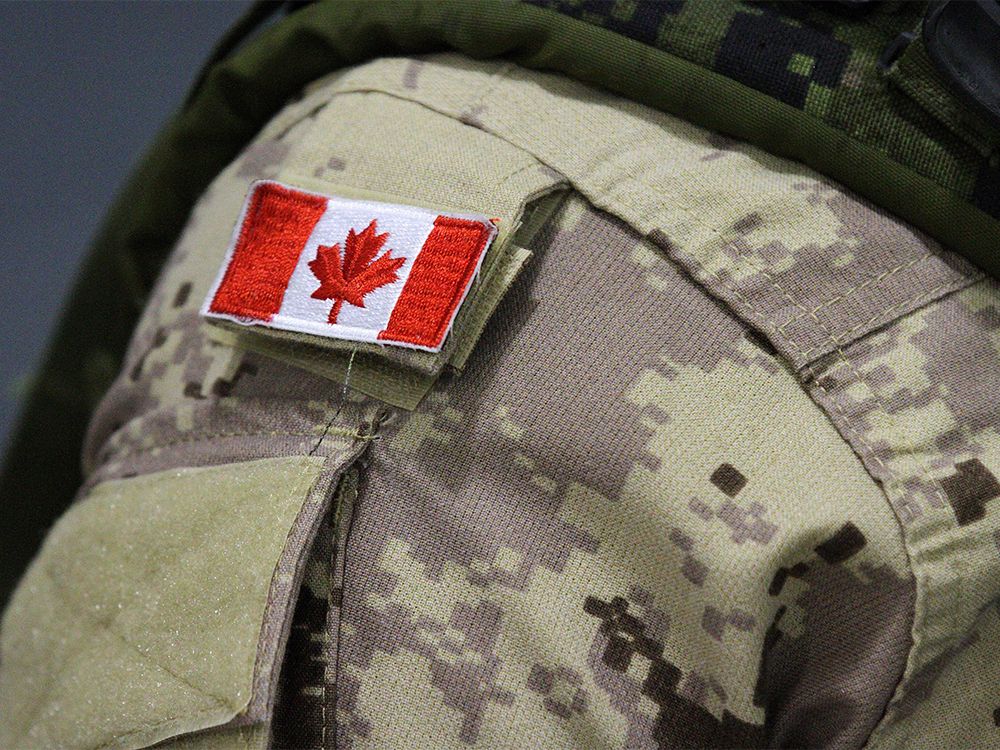And yet, Canadians do volunteer.
Volunteer rate and distribution of volunteer hours, population aged 15 and over, age group, 2013.

www150.statcan.gc.ca
Looking at this another way.
The average age of the Homeguard is 50 and that includes a very large number of ancients. But it also includes a very large number of middle aged men and women who are living normal lives.
Every year, in Canada, some 5000 civilians volunteer to work with the CAF Reserves. And 3 to 5 years later the CAF loses track of them.
If the CAF could keep track of those 5000 volunteers for the 23 to 32 (call it 25) years that the Danes typically associate with the Homeguard, then that would represent a body of 125,000 people between the ages of 25 and 50. Attested, cleared, willing, with some military training and willing to spend 20 hours a month "parading". That is not a million miles away from two Wednesday nights and a Weekend. But they are maintaining that pace for 25 years. Not 5 years.
And that doesn't reference at all the equivalent number of "Professionals" that are trained and released annually that the CAF loses track of.
These people may not be up to serving the guns or driving a tank but they are a source of organized labour for the types of jobs described by the Homeguard - Vital Point security and Civil Emergencies - work that others would have to do if they weren't doing it.
....
But, I take the point. This is Canada.

nationalpost.com




